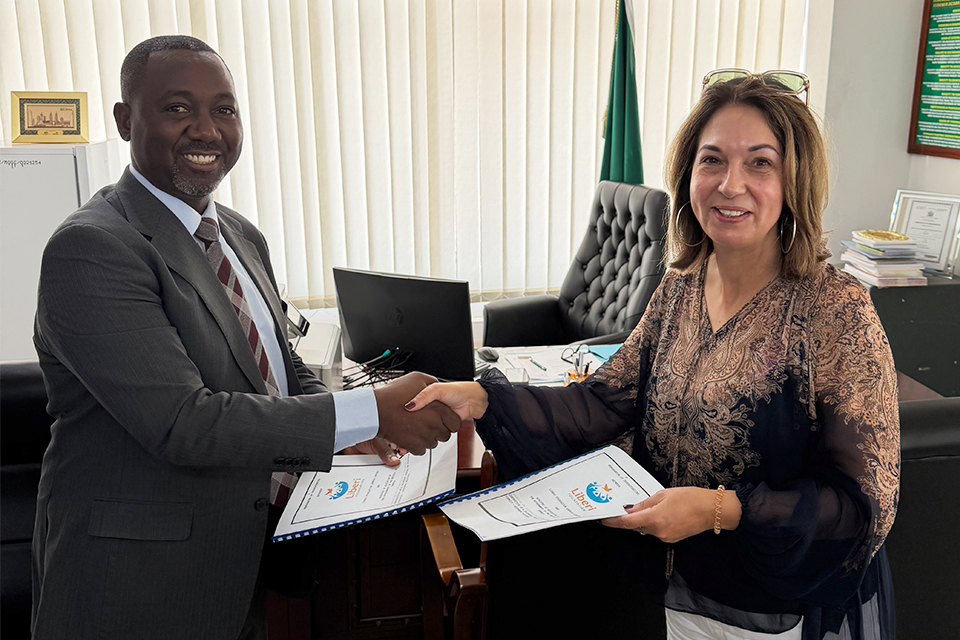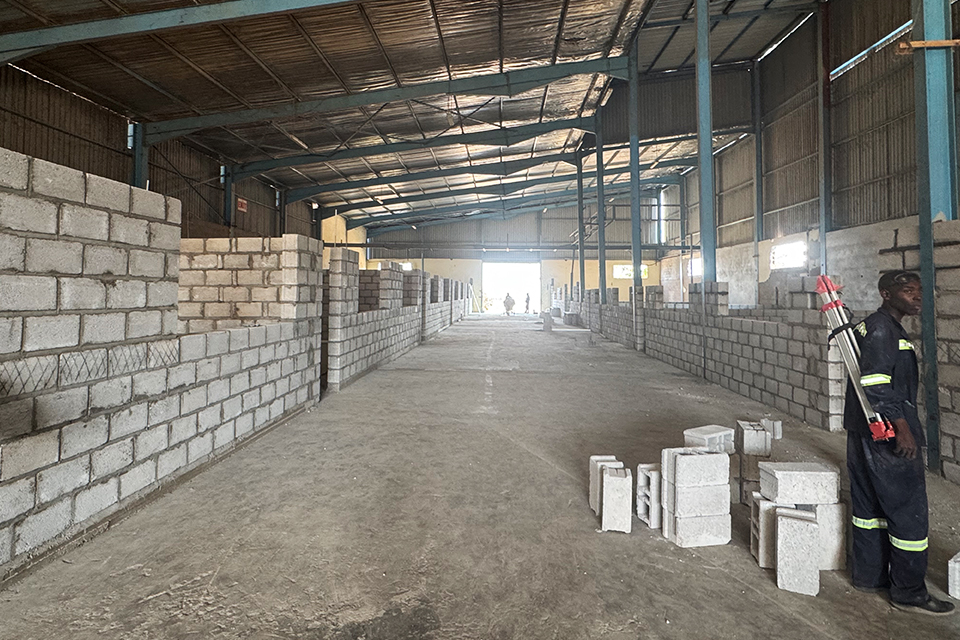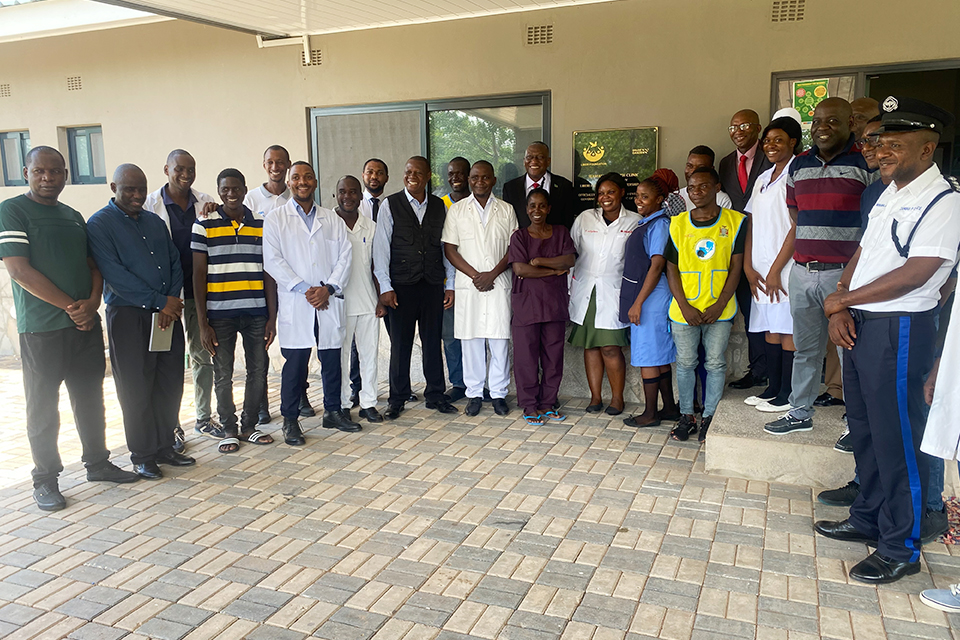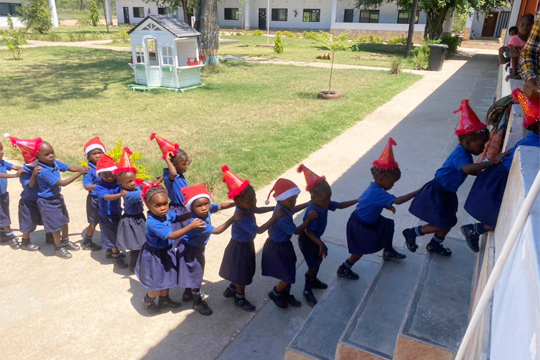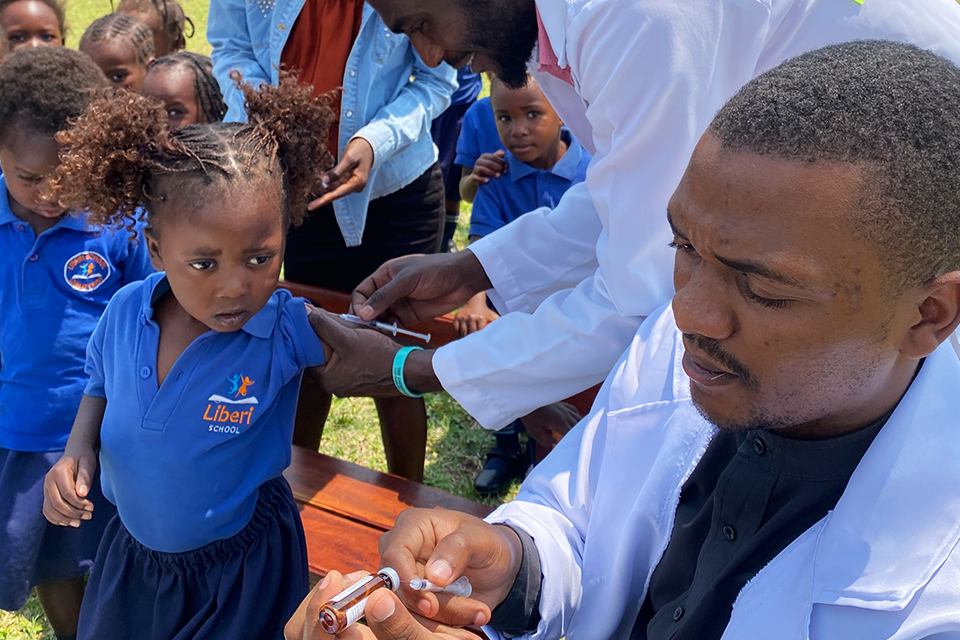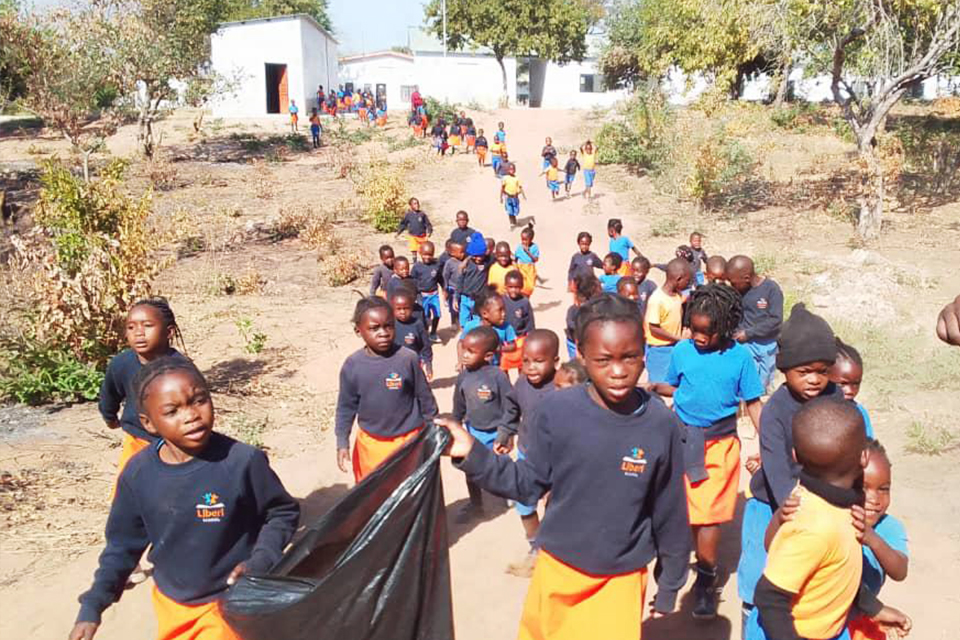Zambia is facing the worst climate change disaster since independence in 1964 with very little rainfall recorded during the period 2023 to 2024. The impact of this drought at both national and household levels will have very devastating effects with the growing population of Zambia now estimated at 20 million people. Over, the past decade, Zambia has attributed its economic growth largely on agriculture and Mining. This diversification in the economy has seen the dependence on copper production reduce and shift to agriculture as evidenced in Zambia being the food basket in southern region and beyond. The production of Maize the staple food for Zambia over the years has resulted in stable prices of the commodity for the past 5 years. The drought will see the prices of the major household goods rise to unprecedented levels which most of the population will not afford.
The current situation leaves a lot to be desired as the poor rainfall recorded this year will not only affect the people but both wild and domestic animals too. Kamimbi village situated in Siavonga district is among the hardest hit areas with poor rainfall recorded because it is situated in the valley. The people of Kamimbi did not manage to harvest a single crop this year. As most of the people in Kamimbi depend on farming for their livelihood, this year a lot of families will have to depend on relief food which the government will have to provide if any. The other families who also depend on fishing have also been affected by the drought as low rainfall also will have a negative effect on the water levels in lake Kariba. The low water levels also affect not only the fishermen but production of electricity in Zambia.
The adage says, “together we can achieve more’, this will be time for Zambians to be united in this trying moment.





